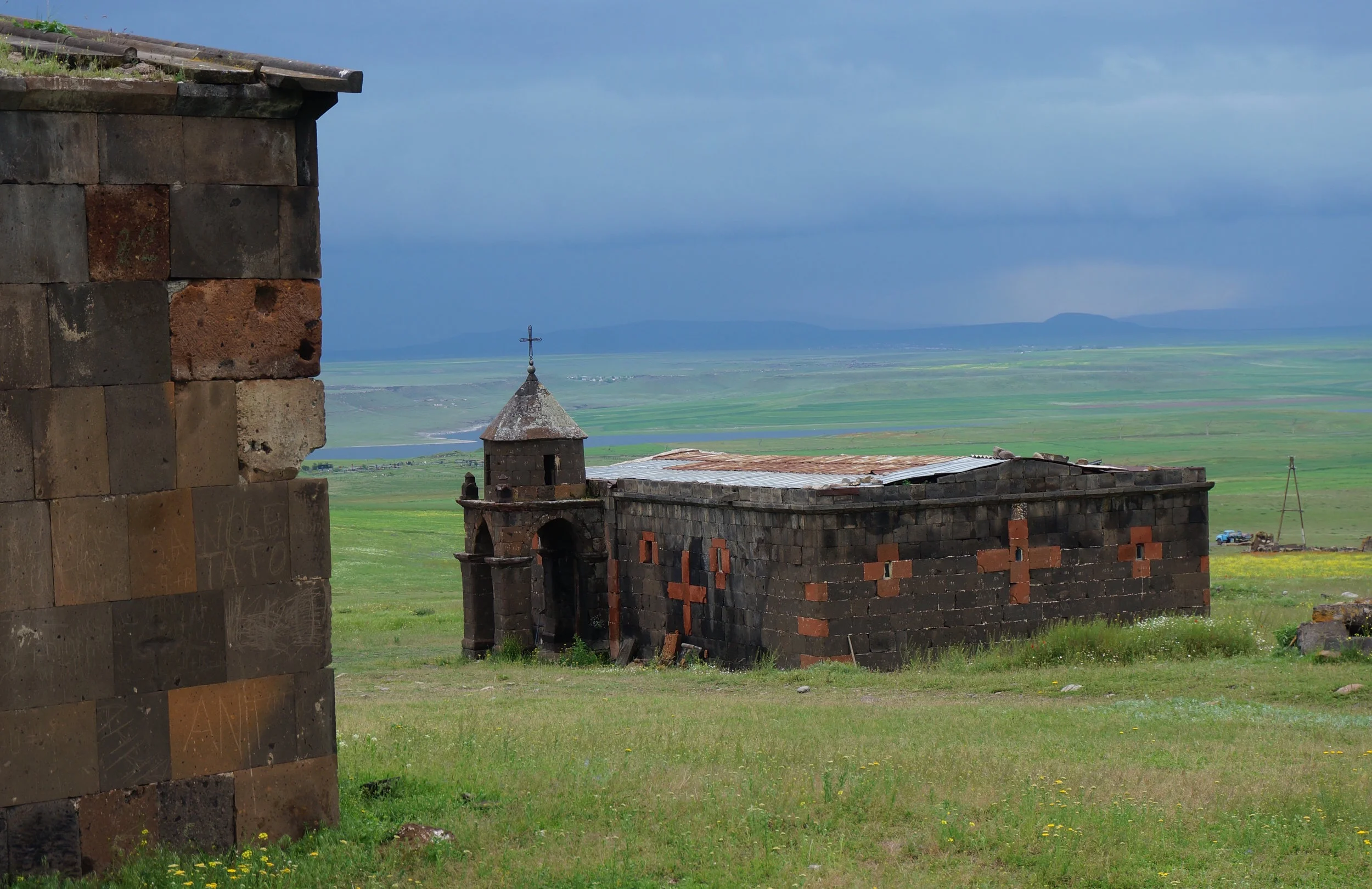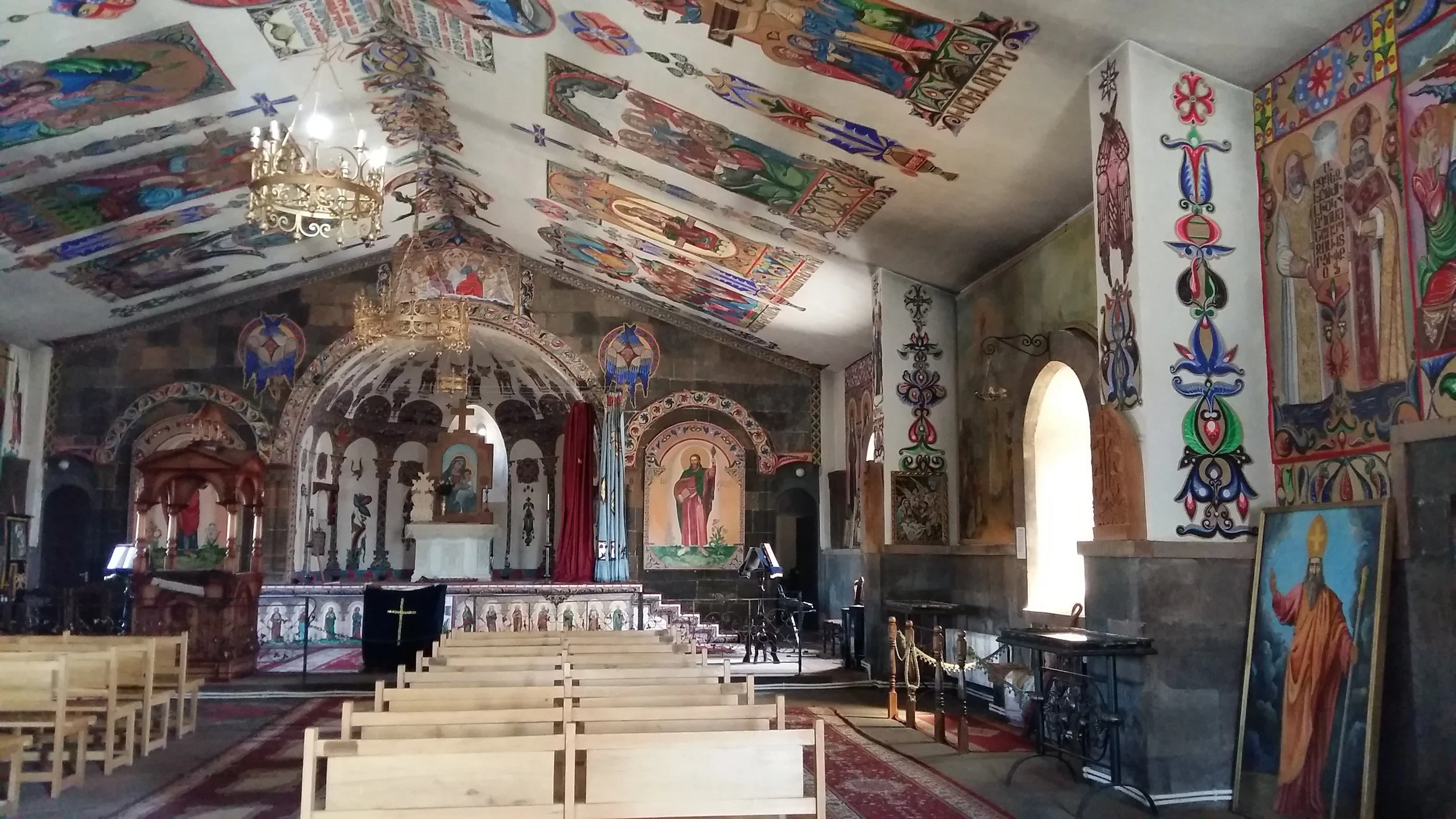Gyumri Educational Portal
3,000-year history
Throughout Armenia’s approximately 3,000-year history, the country served as a major crossroads, providing a trade link between Mediterranean and European countries. Armenians were forced to constantly resist efforts to influence their cultural and architectural identity as they were invaded by Romans, Turks, Arabs, Russians and others.
the spitak earthquake
Historically, Armenia has suffered earthquakes that have destroyed much of its architectural heritage. In the 20th century alone, at least five earthquakes occurred within 100 kilometers of Gyumri causing not only thousands of deaths, but creating economic hardship due to extensive damage to the city’s infrastructure. The Spitak earthquake in 1988 was one of the most devastating.
the way forward
The long-term objective of the current project is to initiate quality conservation work and to develop guidelines that can be used as an educational model and planning tool by local architects, elected officials, and citizens of Gyumri to preserve architectural identity as building conservation and new construction move forward.
SUGGESTED READINGS ON CONSERVATION ISSUES IN GYUMRI
Handbook on Building Conservation in Gyumri
Lusine Martirosyan, Ruzanna Mkrtchyan, Siuneh Arakelyan, Gyumri City Building and Open Space. Preservation and Reuse. HANDBOOK PROPOSAL, Gyumri 2016
Article on Poverty and Post-Earthquake Period
Stephen Powell, Quake-Hit City in Armenia Tugs at the Heart, November 27, 2015, in: caucasusnotebook.com
SUGGESTED READINGS ON ARMENIAN ART & ARCHITECTURE
General Introduction
Lucy Der Manuelian, Armen Zarian, Vrej Nersessian, Nonna S. Stepanyan, Murray L. Eiland and Dickran Kouymjian, Republic of Armenia, in: Grove Art Online, 2003 (Oxford Art Online)
Armenian Crafts
Nora Khatcherian, Armenian crafts in the Ottoman Empire: Armenian identity and cultural exchange, in: National Identities, 09 August 2018, 1-21
Architecture (2003)
Christina Maranci, The Architect Trdat: Building Practices and Cross-Cultural Exchange in Byzantium and Armenia, in: Journal of the Society of Architectural Historians, Vol. 62/3, 2003, 294-305
Architecture (2006)
Christina Maranci, Building Churches in Armenia: Art at the Borders of Empire and the Edge of the Canon, in: The Art Bulletin, vol. 88/4, 2006, 656-675
Architecture (2011)
Christina Maranci, Locating Armenia, in: Medieval Encounters, vol. 17, 2011, 147-166
SUGGESTED READINGS ON ARMENIAN CONTEMPORARY ART
Reading 1
Vardan Azatyan, Disintegrating Progress: Bolshevism, National Modernism, and the Emergence of Contemporary Art Practices in Armenia, in: ARTMargins, vol. 1/1, 2012, 62-87
Reading 2
Angela Harutyunyan, The Real and/as Representation: TV, Video, and Contemporary Art in Armenia, in: ARTMargins, vol. 1/1, 2012, 88-109
Reading 3
Angela Harutyunyan, The political aesthetics of the Armenian avant-garde. The journey of the 'painterly real', 1987-2004, Manchester: Manchester University Press, 2017


